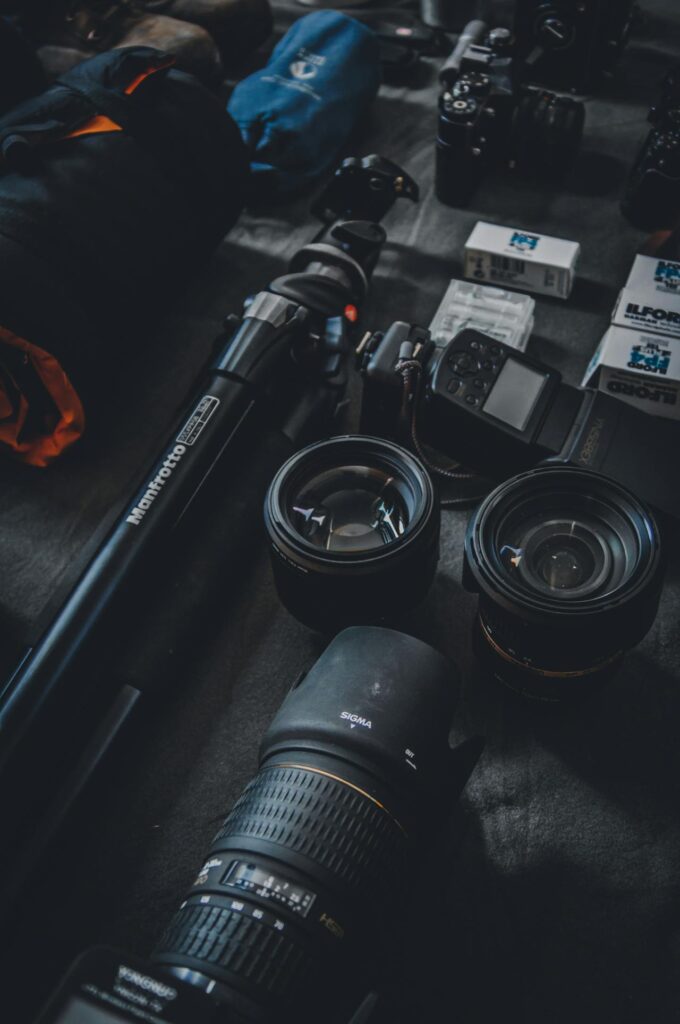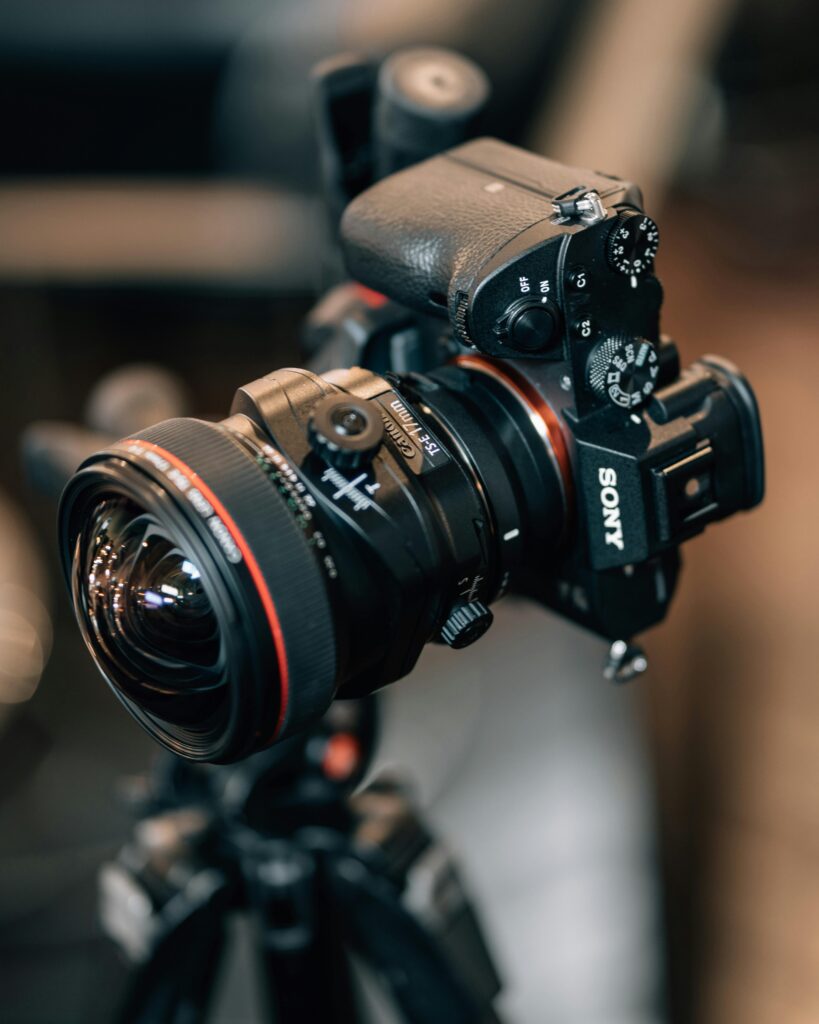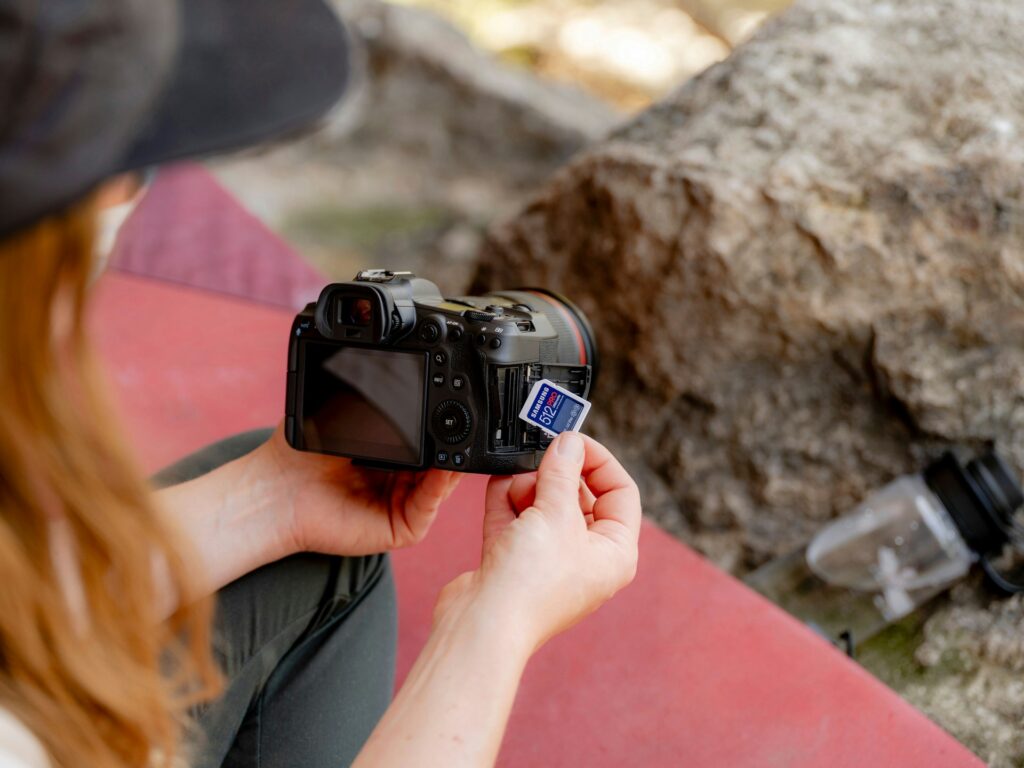
Getting started with photography can be as exciting as it is overwhelming. With so many cameras, lenses, tripods, and lighting options available, beginners often find themselves asking: “What do I really need to start capturing great shots?” Whether you’re looking to explore your passion for photography or aiming to build a professional portfolio, having the right gear is essential. This blog post will break down the must-have photography equipment for beginners, helping you make informed choices without burning a hole in your pocket.
By the end of this guide, you’ll know exactly what you need to get started on your photography journey and how each piece of gear can enhance your experience. Plus, we’ve included handy affiliate links to some top-rated photography gear available in India!
1. Camera: Your Photography Foundation

When starting out, the camera is the heart of your photography gear. Choosing the right camera can set you on the path toward capturing breathtaking images. But with so many options available, how do you decide?
DSLR vs. Mirrorless: Which is Right for You?
- DSLR Cameras: These cameras, like the Canon EOS 1500D and Nikon D5600, offer excellent image quality, interchangeable lenses, and manual controls. DSLRs are a fantastic choice for beginners due to their durability and wide range of affordable lenses.
- Mirrorless Cameras: Compact and lightweight, mirrorless cameras like the Sony Alpha a6000 and Fujifilm X-T200 are quickly becoming popular for their portability and cutting-edge technology. They’re ideal for beginners who want to travel light without compromising on quality.
Budget Tip: If you’re on a budget, entry-level DSLRs like the Canon EOS 3000D can be a solid choice, offering excellent value for money.
Affiliate Links:
2. Lenses: Enhancing Your Vision

The camera lens you choose can dramatically change the outcome of your photos. For beginners, investing in a versatile lens can make all the difference.
Types of Lenses:
- Prime Lens: A prime lens, such as the 50mm f/1.8 (often referred to as the “nifty fifty”), is great for portraits and low-light photography. The fixed focal length encourages you to be more creative with composition.
- Zoom Lens: A zoom lens, like an 18-55mm or 55-250mm, is perfect for beginners who want flexibility without constantly switching lenses. You’ll be able to zoom in for close-ups and zoom out for wider shots.
Why You Need More Than One Lens:
- Portrait Photography: The 50mm lens is a beginner favorite due to its sharp focus and beautiful background blur (bokeh).
- Wide-Angle Photography: If you love capturing landscapes, a wide-angle lens like the 24mm f/2.8 is great for capturing vast vistas.
- Telephoto Photography: For wildlife or sports photography, a telephoto lens (70-300mm) helps you capture distant subjects without losing detail.
Affiliate Links:
3. Tripods: Stability and Precision

A tripod is a must-have for photographers, especially if you’re experimenting with long exposure shots, low-light photography, or video recording. It adds stability to your setup, ensuring your shots are sharp and well-framed.
Key Features to Look for in a Tripod:
- Weight: A lightweight tripod is great for travel photography, while heavier tripods provide more stability for studio work.
- Height and Adjustability: Choose a tripod with adjustable height settings, which gives you flexibility to shoot from various angles.
- Quick-Release Plate: A quick-release plate allows you to easily attach and detach your camera from the tripod, which is ideal for spontaneous shooting moments.
For beginners, brands like Manfrotto, Digitek, and AmazonBasics offer reliable tripods that are sturdy yet affordable.
Affiliate Links:
4. Lighting: Mastering Light Control

Lighting can make or break your photos. While natural light is often ideal for photography, you won’t always be blessed with perfect outdoor conditions. This is where additional lighting gear comes in handy.
Types of Lighting for Beginners:
- Ring Lights: Perfect for portraits and product photography, ring lights provide even lighting and help eliminate harsh shadows.
- Softboxes: Softboxes are great for studio setups as they diffuse light and create a soft, flattering glow on your subject. They’re excellent for portrait or fashion photography.
- Speedlights: These external flash units are portable and powerful, helping you shoot in low-light conditions while maintaining sharpness and color accuracy.
If you’re serious about indoor or portrait photography, investing in soft lighting equipment like a Godox Softbox or an affordable Neewer Ring Light is a good starting point.
Affiliate Links:
5. Memory Cards & Storage: Keeping Your Shots Safe

Imagine capturing the perfect shot only to run out of memory space. To avoid this, invest in high-quality SD cards and a reliable storage system.
What to Consider:
- SD Card Size: Aim for at least 64GB to ensure you don’t run out of space during a shoot. Cards from SanDisk or Samsung offer excellent performance.
- Transfer Speed: Faster transfer speeds ensure smooth recording, especially when capturing video or shooting in RAW format.
Additionally, consider investing in an external hard drive or cloud storage service to back up your work regularly.
Affiliate Links:
6. Other Useful Accessories for Beginners
As you get deeper into photography, you’ll likely need additional accessories to support your workflow and creativity.
Must-Have Accessories:
- Camera Bag: Protect your gear with a padded camera bag that fits all your essentials.
- Lens Cleaning Kit: Keeping your lenses free from dust and smudges is essential for sharp images.
- Remote Shutter Release: Great for long exposures, group shots, or self-portraits.
- Extra Batteries: Always carry spare batteries for uninterrupted shooting sessions.
Affiliate Links:
Conclusion
Starting your photography journey in India is an exciting adventure, and having the right gear can significantly enhance your experience. From picking the right camera to choosing lenses and tripods, this guide gives you a clear roadmap on what you need as a beginner. As you progress, you’ll discover new tools and techniques that will elevate your photography skills. Remember, photography is as much about creativity as it is about equipment. So, don’t stress too much about having the “perfect” setup—start with what you can afford, and upgrade as your skills improve. Ready to dive in? Click on the affiliate links provided to explore some of the best photography gear for beginners. Happy shooting!
If you found this guide helpful, don’t forget to share it with fellow aspiring photographers. For more photography tips, gear reviews, and tutorials, subscribe to our newsletter! You’ll also get exclusive access to our free camera comparison chart to help you choose the right gear for your next shoot.
